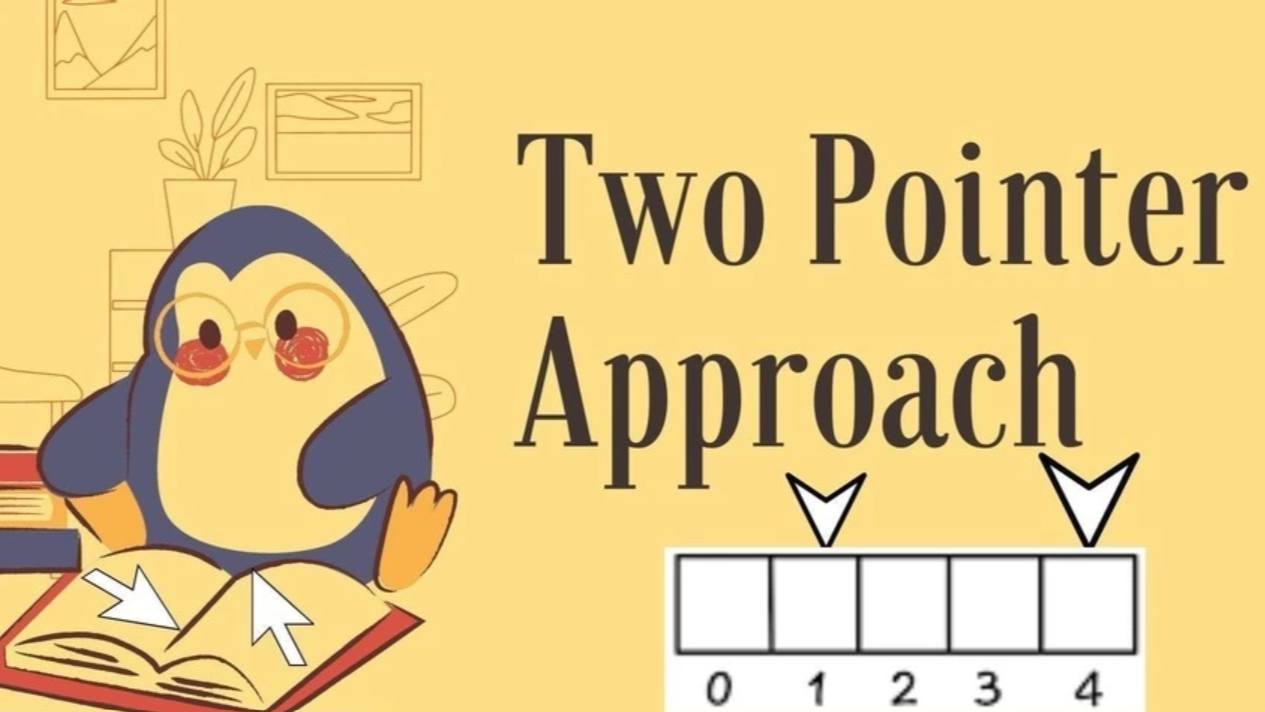
Understanding the Maximum Index Problem: A Two-Pointer Approach
When working with arrays, a common type of problem is finding the maximum distance between two elements that satisfy a certain condition. One such problem is the Maximum Index problem, where we are given an array of integers and need to find the maximum value of j - i such that A[i] <= A[j] and i < j. This problem can be efficiently solved using a two-pointer approach, which we will explore in this article.
Problem Statement
Given an array A of N integers, find the maximum value of j - i subjected to the constraint of A[i] <= A[j], where i and j are the indices of the array.
Example
Consider the array A = [3, 5, 4, 1]. The maximum index difference that satisfies A[i] <= A[j] is 2, which occurs for the pair (A[0], A[2]) or (3, 4).
The Two-Pointer Approach
The two-pointer approach is a technique that uses two references (pointers) to traverse the array, usually in opposite directions or in a way that maintains a certain relationship between the pointers. For the Maximum Index problem, we will use two arrays, LMin and RMax, and two pointers to find the solution.
Step 1: Preprocessing
We create two auxiliary arrays:
Step 2: Traversing with Two Pointers
We initialize two pointers, i and j, to traverse LMin and RMax. The pointer i starts at the beginning of LMin, and j starts at the beginning of RMax. We compare the elements at these pointers and move them according to the following rules:
We continue this process until either i or j reaches the end of the array.
领英推荐
Step 3: Returning the Result
The maximum value of j - i found during the traversal is the answer to the problem.
Example Walkthrough
Let's apply the two-pointer approach to the example array A = [3, 5, 4, 1].
We create LMin and RMax: LMin = [3, 3, 3, 1] RMax = [5, 5, 4, 1]
We start with i = 0 and j = 0 and compare LMin[i] with RMax[j]. Since 3 <= 5, we have a valid pair and maxDiff is updated to 0. We increment j to 1.
Continuing this process, we find that the maximum difference is 2 when i = 0 and j = 2.
The maximum index difference is 2, corresponding to the pair (3, 4) in the original array.
def maxDiff(a, n):
# Create two arrays LMin and RMax
LMin = [0] * n
RMax = [0] * n
# Initialize first element of LMin
LMin[0] = a[0]
for i in range(1, n):
LMin[i] = min(a[i], LMin[i - 1])
# Initialize last element of RMax
RMax[n - 1] = a[n - 1]
for j in range(n - 2, -1, -1):
RMax[j] = max(a[j], RMax[j + 1])
# Traverse both arrays to find the maximum j - i
i, j, maxDiff = 0, 0, -1
while j < n and i < n:
if LMin[i] <= RMax[j]:
maxDiff = max(maxDiff, j - i)
j += 1
else:
i += 1
return maxDiff